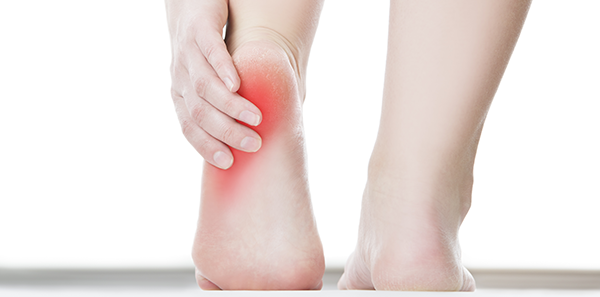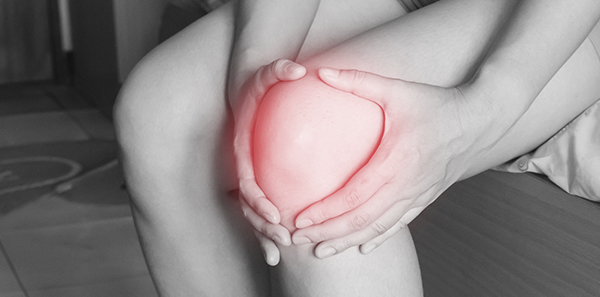
Sarcopenia is a progressive muscle disease that consists of a gradual decrease in muscle mass, causing a loss of strength and consequently of physical performance.
The origin of sarcopenia is multifactorial:
- Muscle disuse: this is one of the main causes and is present mainly in the elderly (muscular ageing), sedentary people or people with reduced mobility due to physical disability.
- Metabolic diseases such as insulin resistance or malnutrition.
- Chronic disorders: inflammatory processes, cancer or intestinal malabsorption problems also contribute to the process.
- Vitamin D levels: have also been linked to muscle weakness at the root of the joints, limiting everyday activities such as getting up from a chair or climbing stairs.
Sarcopenic patients usually report a feeling of weakness, difficulty in moving and a slow reaction time. This makes walking difficult and is also associated with instability due to weakness in the muscle reflexes that maintain posture. Falls are usually more serious in these patients, as they have poorer reflexes and lower bone strength due to loss of muscle strength. In addition, fractures (of the hip, for example) and decreased mobility have a clear effect on quality of life and increase mortality.
The diagnosis of sarcopenia is mostly clinical, although it is necessary to rule out other diseases that can cause similar symptoms, especially neurological and muscular diseases of an inflammatory nature. For diagnosis, a good medical history and a simple analysis are sufficient. A physical examination with tests, which help to quantify muscle strength and some complementary tests that help us assess the amount of muscle mass (MRI, CT or Ultrasound), nutritional status and detection of possible protein losses (by the digestive or urinary systems) will also be performed.
The treatment of sarcopenia should be approached from multiple angles, mainly adequate nutrition of the patient together with an exercise program that helps to slow down or recover as far as possible the loss of muscle mass. Depending on the additional factors identified (malnutrition, hypovitaminosis, etc.), treatment must be individualised to ensure success.
In terms of physical exercise, patients with sarcopenia benefit from muscular resistance exercises that improve muscle strength and volume, as well as coordination and physical function. Some examples of resistance exercises are weight lifting, elastic therapy bands, and anti-gravity work such as stairs or squats.
It is important to establish an individualised functional recovery program depending on the initial physical ability of the patient.
In severe cases, the recommendation is initial work and supervision of the physical reconditioning programme by a physiotherapist who works on specific aspects such as strength by muscle groups, proprioception and balance, until the patient can do more general exercises without the help of a health professional.
Finally, it should be pointed out that, although sometimes a totally satisfactory improvement is not achieved for the patient or their family members, with appropriate intervention some degree of improvement is always achieved when the patient actively collaborates in the treatment.
Dr. Pablo Mesa del Castillo Bermejo
Rheumatologist at Hospital Mesa del Castillo












